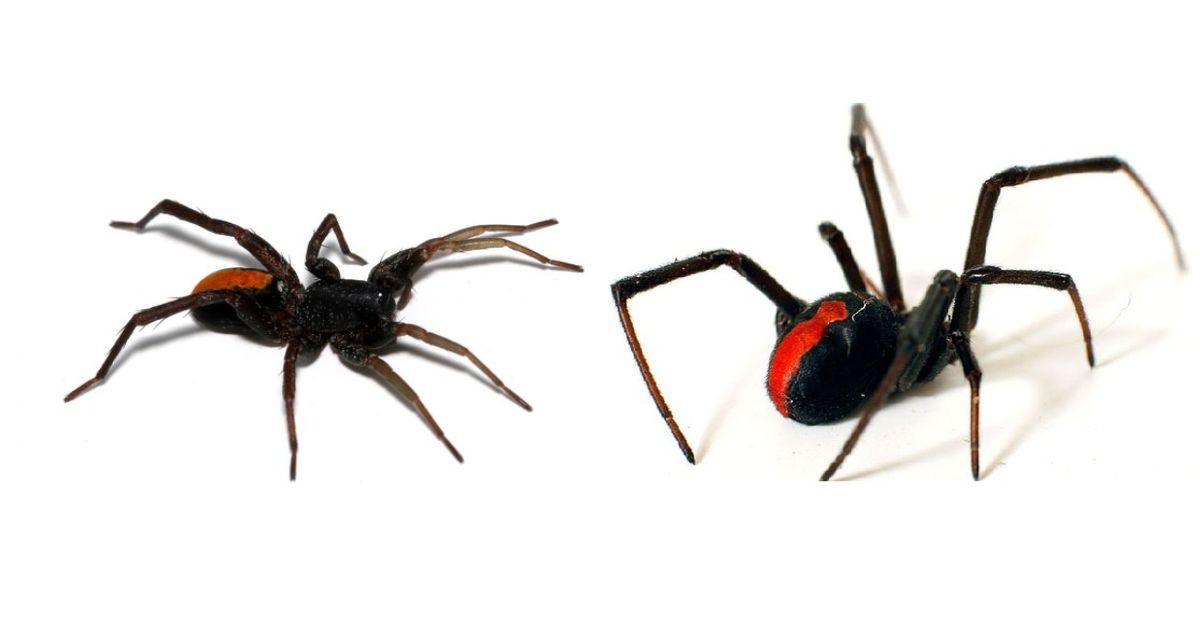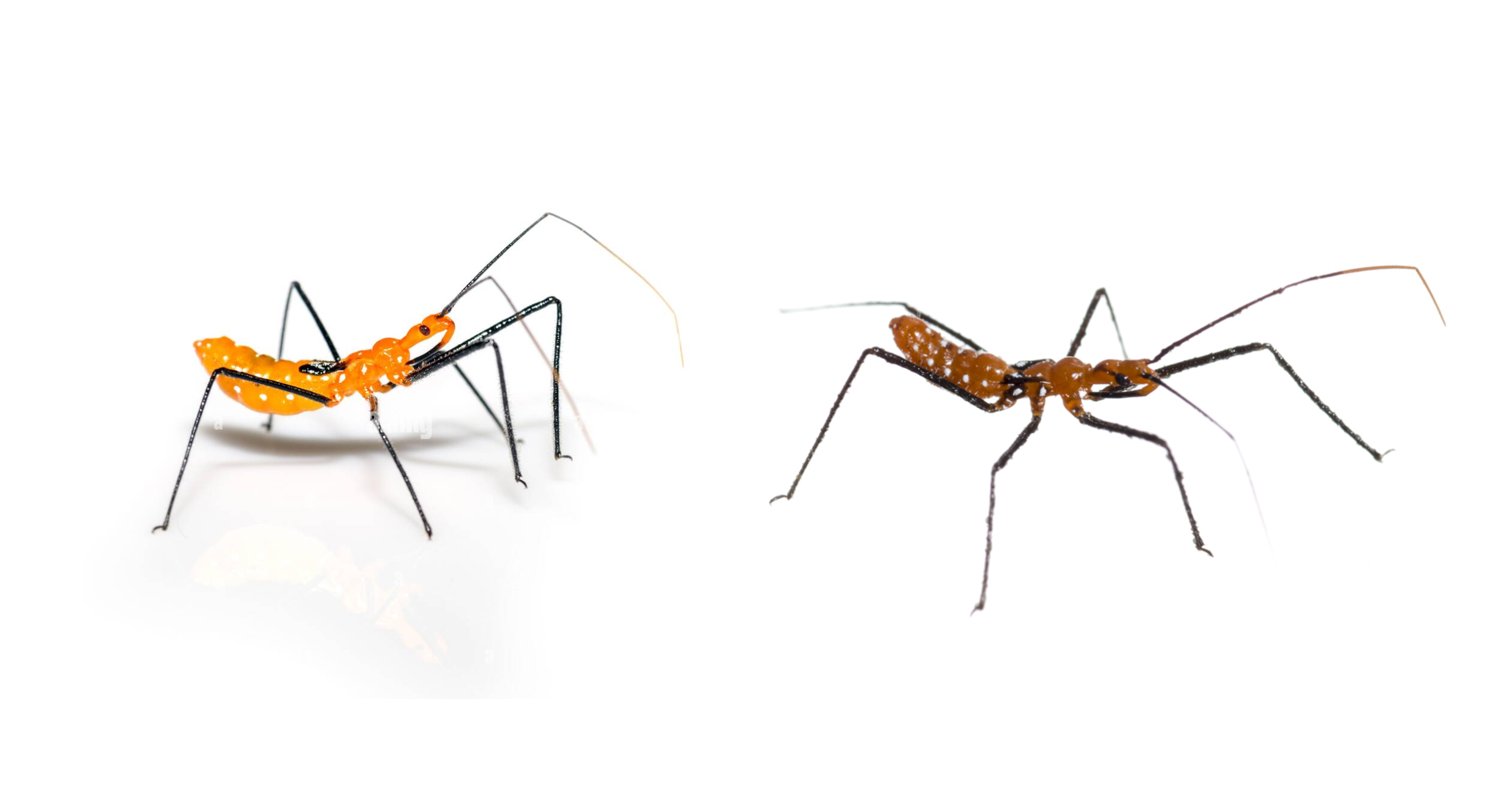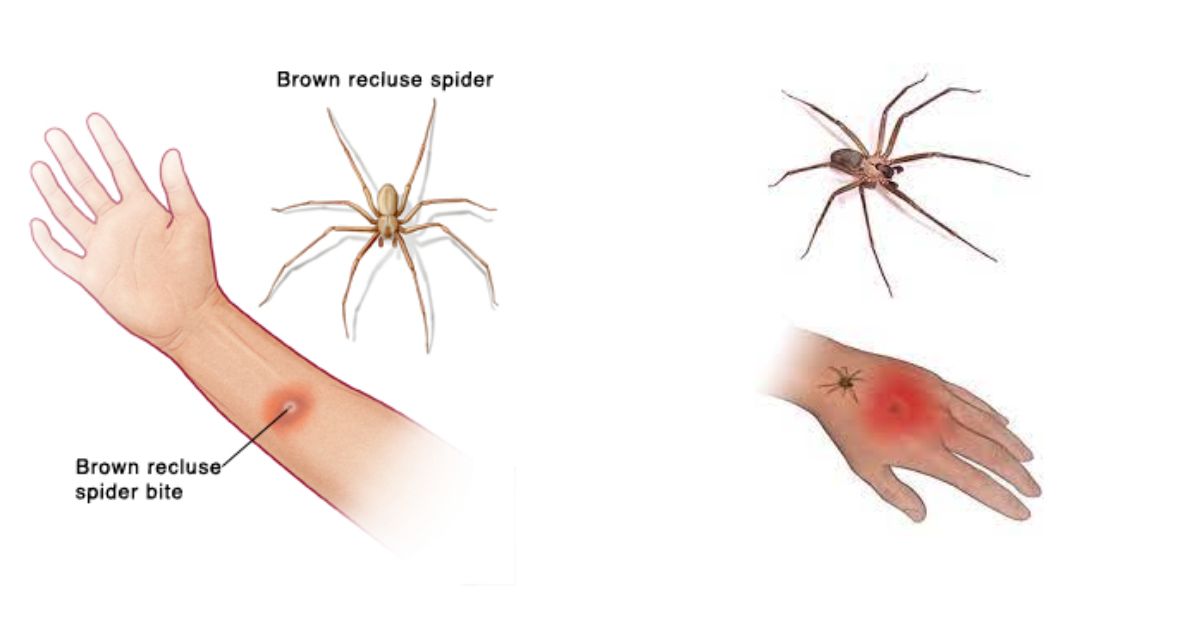If you’ve ever ventured into the intriguing world of arachnids, you might have come across a spider with a red butt, and it’s not just its striking appearance that sets it apart. These little creatures, often unnoticed in our daily lives, have a remarkable story to tell. In this article, we will embark on a journey to explore these mysterious spiders, delving into their biology, behavior, and the secrets hidden behind their vibrant red rear ends.
Meet the Spider with a Red Butt
Our journey begins with an introduction to our enigmatic protagonist, the spider with a red butt. These spiders, scientifically known as Arachnida, belong to the family Araneidae, which includes a wide variety of species. While they all share the characteristic red abdomen, there are subtle differences that set them apart. Their vibrant coloration serves multiple purposes, including communication and defense, but more on that later.
The Anatomy of Red-Butted Spiders
To truly understand these remarkable creatures, it’s crucial to delve into their anatomy. Red-butted spiders have eight legs, as all spiders do, and their bodies are divided into two main parts: the cephalothorax (head and thorax combined) and the abdomen. It’s the abdomen that catches our attention with its striking red hue.
The red coloration is the result of a combination of pigments and structural features in the spider’s exoskeleton. These features have evolved over time to serve specific functions that are vital to the spider’s survival.
Red-Butted Color Secret
One of the most intriguing aspects of red-butted spiders is their use of color as a means of communication. While it might seem counterintuitive to draw attention to oneself with such a bright hue, it serves a distinct purpose within their complex social structures.
Red is a color that often signifies danger or toxicity in the animal kingdom. In the case of these spiders, their red butts act as a warning signal to potential predators, signaling that they are not easy prey. This adaptation is known as “aposematism,” a form of warning coloration that discourages predators from attacking.
Mating Rituals of Red-Butted Spiders
Now, let’s switch gears and explore the fascinating world of red-butted spider courtship. When it comes to finding a mate, these spiders have developed intricate rituals that are nothing short of mesmerizing.
The male red-butted spider, typically smaller than the female, must approach with caution. To avoid becoming a meal rather than a mate, he engages in a delicate dance of courtship. This dance involves vibrations and intricate movements that convey his intentions to the female. If successful, they will engage in a carefully orchestrated mating process that ensures the survival of their species.
A Mother’s Love: Red-Butted Spider Parenting
Once the female red-butted spider has successfully mated, she faces the responsibility of ensuring the survival of her offspring. Like many arachnids, red-butted spiders are known for their unique approach to parenting.
The female constructs a silk cocoon in which she lays her eggs. She carefully guards this cocoon, even after the eggs have hatched, and continues to provide protection and food for her spiderlings until they are ready to venture out into the world on their own. This maternal dedication is a testament to the incredible instincts and behaviors of these spiders.
Role in Ecology
Beyond their role in communication and reproduction, the red butt of these spiders plays a crucial role in their ecological niche. It helps in maintaining a balance within ecosystems by controlling insect populations. These spiders are skilled hunters, capturing a wide range of insects that might otherwise become pests.
Their presence in gardens and natural habitats can be seen as a natural form of pest control, reducing the need for chemical pesticides. This, in turn, has a positive impact on the overall health of the ecosystem.
Related Posts:
Red-Butted Uncertain Future
As we continue to explore the world of red-butted spiders, it’s important to consider the challenges they face in a rapidly changing environment. Habitat loss, pollution, and climate change all pose significant threats to these delicate creatures.
Conservation efforts are crucial to ensuring the survival of red-butted spiders and the important role they play in their ecosystems. By understanding their biology and behavior, we can work towards preserving their habitats and protecting their future.
Conclusion
In this journey of discovery, we’ve uncovered the captivating story of red-butted spiders, from their vibrant warning signals to their intricate courtship rituals and vital role in maintaining ecological balance. These small but mighty creatures have much to teach us about the complexity of the natural world.




